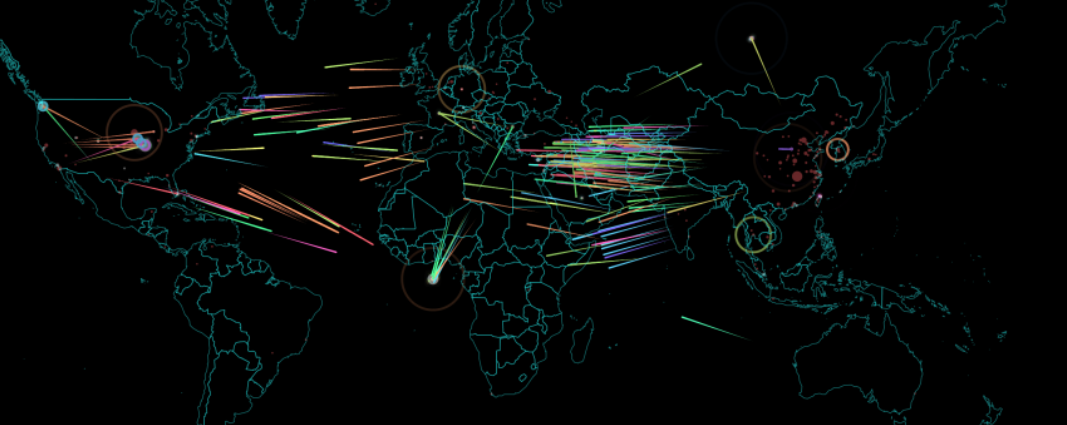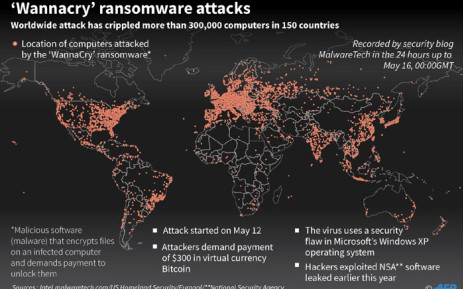
The long-running struggle between cybersecurity and hackers has existed in computing since the beginning of the 1970s. Its impact on users and businesses has escalated over the past decades: the expansion of the internet to all corners of the world, and the ever-growing digitization of society, with all the benefits of the digital revolutions, has also resulted in more cyber-attacks.
The first virus ever was an experimental software that replicated itself uncontrollably in an archaic network called ARPANET; in 1988, a worm-type malware was let loose in the incipient internet to “measure the vastness of the web,” resulting in the first DoS attack in computer history. A few years later, in 1994, a hacker coded the AOHell application as a toolkit created explicitly to “stealing the passwords of America Online users” and it gave birth to the first recorded Phishing attacks.
Over the past few years, Cybersecurity is under radical change due to the accelerated pace of technological innovation. That is why some of the most dreadful events in the history of cybersecurity have happened recently. What were the 3 worst virus and attacks committed in the last 5 years?
1. WannaCry. The ransomware worm that stopped the world
Microsoft has been the focus of the majority of cyber attacks. Most of these tend to happen due to user’s negligence and/or oversight in their day-to-day operations. In May 2017 though, the ransomware that knocked out more than 200,000 computers in 150 countries was neither the user’s fault nor Microsoft’s. What originated it resulted from an exploit (Eternal Blue) developed by the US National Security Agency (NSA) and leaked through by a hacker group called The Shadow Brokers.
These attackers created a monstrosity — a ransomware encryptor able to spread quickly over the Internet and local networks and affect all kind of Microsoft’s older versions worldwide. To liberate their computers, attackers asked for payment in Bitcoin. As Kasperski Lab points out, “Among recent attacks, WannaCry is the most far-reaching. In some hospitals, WannaCry encrypted all devices, including medical equipment, and some factories were forced to stop production.” WannaCry caused billions of dollars in costs and reparations.

2. NotPetya/ExPetr. EternalBlue is Back to Business
EternalBlue, that exploit developed by the American government, was on the loose throughout internet so, unfortunately, WannaCry wasn’t the only virus created to use that vulnerability in Windows OS. That is how NotPetya/ExPetr saw the day of light. As a ransomware encryptor it holds the title of the most costly epidemic in computing, with estimated damage at $10 billion.
“Although it was smaller in terms of total number of infected machines, the NotPetya epidemic targeted mainly businesses, partly because one of the initial propagation vectors was through the financial software MeDoc. The cybercriminals managed to gain control over the MeDoc update server, causing many clients using the software to receive the malware disguised as an update, which then spread across the network,” cited the Kasperski Lab team.
3. Stuxnet. The Cyberweapon
Little was known to date about National states using virus to attack military and industrial targets. At least until 2010, when Stuxnet was first uncovered. This worm-type virus deliberately targeted organizations that were part of the Iranian Nuclear Program, delaying the enterprise for several years before losing control and propagating itself worldwide. In fact, the worm manifested itself only on computers operated by Siemens, programmable controllers and software, which were by then the most common ones in the Iranian Nuclear Program.
The technology behind that virus was a state-of-art. The worm was able to spread imperceptibly through USB flash drives, penetrating even computers that were not connected to the Internet or a local network, without leaving any trace. Once the virus reached the targeted machine, it reprogrammed these, by setting the rotational speed of its uranium-enrichment centrifuges too high, thus physically destroying them.
It is thought that Stuxnet was created by a coalition between US and Israel, but their perpetrators still remain a mystery.
As we can see, the impact of these recent attacks was tremendous, and it produced not only damage on all kinds of operating systems but also huge financial costs. Cybersecurity is thus in urgent need of finding safer intelligent solutions. Innovative technologies such as blockchain and AI are some of the alternatives being explored by experts since these technologies allow to add extra layers of security to the existing safety systems.